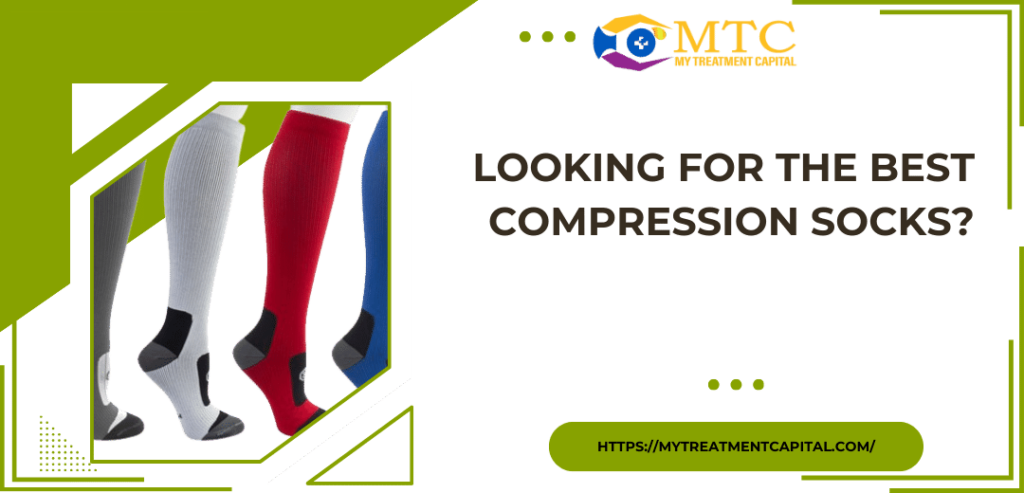Tummy tuck surgery can be a life-changing procedure that results in a flatter stomach and a more contoured waist. However, many people are concerned about how to minimize the look of scars following surgery. In this post, we’ll look at some tactics and approaches that can help you prevent scarring and achieve optimal recovery.
Tummy Tuck Scars
Before exploring scar reduction techniques, it’s necessary to understand what tummy tuck scars are and how they form. A tummy tuck surgery involves making an incision on the abdomen to remove extra skin, fat, and stretch marks while also repairing the underlying muscle wall. The resulting scar is a normal component of the healing process.
Tummy tuck scars are often found in the pelvis and around the belly button. The scar’s exact location and size are determined by the type of tummy tuck treatment performed. A classic or normal tummy tuck makes a hip-to-hip incision beneath the navel, although small tummy tucks and extended tummy tucks may have varied incision patterns.
The Healing Process and Scar Maturation
The formation and progression of scars follow a specific timeline:
- Closure: During the early stages of healing, the body creates collagen fibers to fill and close the incision. This procedure usually takes three to four weeks.
- Establishment: Collagen continues to accumulate at the wound site, strengthening and protecting the area. This phase can last three to six months and is distinguished by a darker, thicker, and more visible scar.
- Maturity: Once enough collagen has been produced, some of it degrades, making the scar lighter, thinner, flatter, and less noticeable. This final stage of scar formation might last up to two years.
During the healing process, it is normal to experience changes in the appearance of your scar. Initially, the scar may appear fine and white, gradually progressing to deep purple, red, and pink, and eventually fading to pale purple and white. It’s important to be patient and not fixate on the scar’s appearance during the early stages of recovery.
Tips for Minimizing Tummy Tuck Scars
While it is impossible to entirely eradicate scars, there are various measures you may use to reduce their appearance and encourage good scar healing following a tummy tuck procedure. Here are some suggestions to consider:
1. Follow Care Instructions
Following your surgeon’s care instructions is important for proper wound healing and scar minimization. Carefully adhere to the guidelines provided, including instructions for wound cleaning, dressing changes, and post-operative activities. These instructions are designed to promote optimal healing and minimize the risk of infection or complications.
2. Monitor for Infection
Infection can cause more noticeable scarring, so keep an eye on your incision for any indications of infection. If you experience redness, increasing pain, swelling, or discharge from the incision site, notify your surgeon right once. Infections should be treated as soon as possible to reduce their impact on scar healing.
3. Start Topical Treatments at the Right Time
Once the wound has closed and the scabs have been removed, you can start applying topical scar repair treatments. Silicone-based products, such as gels, lotions, or sheets, are an excellent option. Silicone promotes appropriate scar tissue hydration and may decrease excessive collagen synthesis. Other topical medicines, like vitamin E and cocoa butter lotions, can help keep the scar moisturized, albeit their efficacy has not been clinically validated.
4. Keep Your Skin Moisturized
Once the incision has entirely healed, you can begin applying moisturizers straight to the scar. Moisturizing the scar can assist enhance its suppleness and encourage even healing. Choose moderate, fragrance-free moisturizers and apply them on a daily basis to the damaged region.
5. Protect Your Scar from Sun Exposure
UV rays from the sun can darken and thicken scars, making them more visible. It is essential to protect your scar from sun exposure by covering it with clothing or applying sunscreen with a high SPF. Limiting sun exposure during the first 12 to 18 months after surgery can dramatically reduce the likelihood of scar discoloration and textural changes.
6. Avoid Irritating Products and Clothing
Irritation can worsen scarring, so avoid using harsh treatments or wearing clothing that will rub against the scar. Opt for soft, hypoallergenic products and wear loose-fitting clothing that won’t cause friction or irritation on the scarred area.
7. Consider Scar Massage
Scar massage can help to increase blood flow to the scarred area, stimulate tissue healing, and break down scar tissue. Around 2 to 3 weeks after surgery, you may want to try light scar massage with clean hands or a suggested scar massage oil or cream. However, you should check with your healthcare professional before beginning scar massage to ensure that it is appropriate for your unique circumstance.
8. Maintain a Healthy Diet and Lifestyle
Proper nutrition is essential for wound healing and scar formation. Ensure that you are getting enough vitamins and minerals by eating a well-balanced diet or consulting a healthcare provider or trained dietician. They may recommend a daily multivitamin or particular supplements to help you heal.
9. Be Patient and Consistent
Scar healing takes time, and individual outcomes may differ. Scar management approaches require patience and consistency. Consistently following the specified care guidelines, maintaining excellent skincare habits, and getting professional assistance as needed will help optimize scar healing and reduce their appearance.
Explore Scar Treatment Options
In some cases, additional scar treatments may be recommended to minimize the appearance of tummy tuck scars further. These treatments may include:
-
- Steroid Injections: Steroid injections can be used to reduce the appearance of thick, raised, or red scars. These injections are typically reserved for abnormal scarring and may be administered at the time of surgery or a few weeks afterward to reduce inflammation.
- Laser Skin Resurfacing: Laser skin resurfacing can help diminish the appearance of tummy tuck scars by stimulating the growth of new skin cells. This treatment can also improve scar tightness, prevent raised scar formation, and reduce itchiness, pain, and irritation.
- Scar Revision Surgery: In cases where tummy tuck scars, such as hypertrophic or keloid scars, are particularly problematic, scar revision surgery may be considered. During this procedure, the scar tissue is surgically removed, and the wound is closed with stitches. Scar revision surgery is usually performed 12 to 18 months after the initial tummy tuck, allowing the scar to mature and the surrounding skin to relax.
Conclusion
While scarring is an unavoidable result of tummy tuck surgery, there are several measures you can use to reduce its appearance and encourage good scar healing. You can achieve the best scar minimization results by following correct care recommendations, utilizing topical treatments, keeping your scar from sun exposure, and contemplating additional scar treatments as needed. Remember to be patient and consistent and check in with your healthcare practitioner to make sure you’re taking the right actions for your specific case. With time and good scar treatment, you can get a flatter stomach and a more contoured waist while reducing the appearance of tummy tuck scars.
FAQs
Q. Where will the scar be located after a tummy tuck?
Ans. The location of the scar after a tummy tuck, also known as abdominoplasty, typically depends on the type of procedure performed. In a full tummy tuck, the scar is usually positioned horizontally along the lower abdomen, extending from one hip to the other. In a mini tummy tuck, the scar is often smaller and located lower on the abdomen.
Q. How noticeable will the tummy tuck scar be?
Ans. The visibility of the tummy tuck scar varies among individuals and is influenced by factors such as skin type, genetics, and the surgeon’s skill. While efforts are made to place the scar in a concealed area, the scar will go through different stages of healing. Initially, it may appear red and raised but tends to fade over time. Proper scar care, such as avoiding sun exposure and following post-operative instructions, can help minimize its visibility.
Q. What is the typical healing time for a tummy tuck scar?
Ans. The initial healing phase for a tummy tuck scar involves the closure of the incision, and this usually takes a few weeks. However, the scar continues to evolve and mature over several months to a year. During this time, it may change in color and texture. Patients are often advised to avoid strenuous activities during the early stages of recovery to promote proper healing.
Q. Are their ways to minimize tummy tuck scars?
Ans. To minimize tummy tuck scars, patients can follow specific post-operative care instructions provided by their surgeon. These may include keeping the incision site clean, avoiding sun exposure, and using scar creams or silicone sheets as recommended. Additionally, maintaining a healthy lifestyle, including a balanced diet and staying hydrated, can contribute to optimal healing.
Q. Can tummy tuck scars be revised or improved?
Ans. In some cases, if patients are dissatisfied with the appearance of their tummy tuck scar, surgical revision may be an option. However, it’s essential to allow sufficient time for the scar to mature before considering any revisions. Non-surgical options, such as laser treatments or injections, may also be recommended to improve scar appearance. Consulting with a board-certified plastic surgeon is crucial to explore the most suitable options based on individual circumstances.



